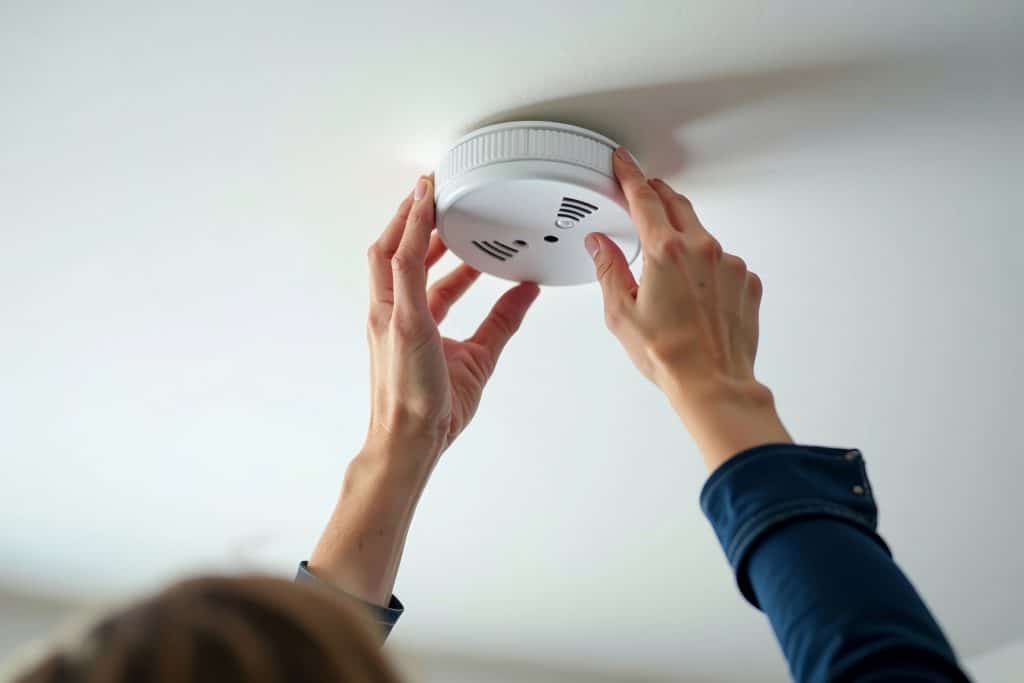Fire alarm systems are one of the most vital pieces of life safety equipment in any building, but like all technology, they don’t last forever. Even if your fire alarm still activates when tested, that doesn’t necessarily mean it meets current safety standards.
In fact, many older systems may no longer be compliant with BS 5839, the key British Standard that governs fire detection and alarm systems in non-domestic premises.
In this article, we explain how to check the age of your fire alarm system, what to look out for in ageing components, and when it might be time to upgrade.
Why Fire Alarm Age Matters
Over time, fire alarm systems can become:
-
Technically obsolete (no longer supported by the manufacturer)
-
Physically degraded (dusty, corroded, or unreliable components)
-
Non-compliant with the latest fire safety standards or building use
-
Hard to maintain, with replacement parts unavailable
Even if your alarm is still functional, these issues could leave you exposed to:
-
False alarms or failure to activate
-
Enforcement notices after a fire risk assessment
-
Insurance problems if systems are found to be inadequate
-
Greater risk to life and property
How to Check the Age of Your Fire Alarm System
Here’s how to get a rough idea of your system’s age:
1. Look at the Fire Alarm Control Panel
-
Most control panels will have a manufacturer’s date or model sticker on the inside of the panel door.
-
If it’s over 10–15 years old, it’s likely nearing or past its design life.
2. Review the System Logbook
-
The system logbook (required under BS 5839) should list the installation date.
-
Check the first commissioning entry or ask your service provider for historical records.
3. Ask Your Maintenance Provider
-
If you’re unsure, your fire alarm servicing company should be able to estimate the age based on model type and condition.
4. Check with the Manufacturer
-
If you know the model number, many manufacturers list support timelines and end-of-life notices for their equipment online.
Signs Your System May Be Too Old
Regardless of its precise age, look out for these red flags:
-
Frequent false alarms
-
Inconsistent sounder performance
-
Difficulty sourcing replacement parts
-
Outdated or discontinued models
-
Unlabelled zones or missing zone plan
-
No record of detector replacements
-
Wiring issues or visible corrosion
If any of the above are present, it’s worth commissioning a fire alarm condition report.
What the Standards Say
The UK’s key guidance for fire alarms is BS 5839-1:2017 for non-domestic buildings and BS 5839-6:2019 for residential premises. While the standard doesn’t impose a fixed lifespan, it does require:
“The system should be maintained in an efficient state, in efficient working order and in good repair.” – BS 5839-1
In general:
-
Control panels are often expected to last 10–15 years
-
Smoke and heat detectors should be replaced every 10 years
-
Batteries (especially in backup power) should be replaced every 4 years, depending on type
Failure to comply may leave the Responsible Person in breach of the Regulatory Reform (Fire Safety) Order 2005.
Can You Upgrade Part of the System?
In some cases, yes. If your cabling is sound and compliant, you may be able to:
-
Replace the control panel with a newer model
-
Upgrade to addressable detectors
-
Add visual alarms or beacons for inclusive warning
-
Improve zone coverage without a complete rewire
A qualified fire alarm engineer can advise on partial upgrades that meet compliance and budget needs.
Does Building Use Affect Compliance?
Yes. Even a modern system might not be compliant if the building usage has changed since it was installed.
For example:
-
A former office converted into a nursery may need enhanced coverage
-
A shop with new flats above may now fall under BS 5839-6
-
A new layout might have created uncovered escape routes
Your fire alarm system must be suitable for the current risk profile, not just when it was first installed.
Final Thoughts
A fire alarm system doesn’t last forever, and just because it still works doesn’t mean it’s fit for purpose.
If your system is:
-
Over 10 years old
-
Failing tests or causing false alarms
-
Difficult to service or out of support
-
No longer aligned with how the building is used
…it may be time to assess your options.
A fire alarm that isn’t up to standard could cost more than just money; it could cost lives.
For expert advice on fire protection and prevention measures, contact Martyn Young Fireproofing Consultancy on 07585 896648


